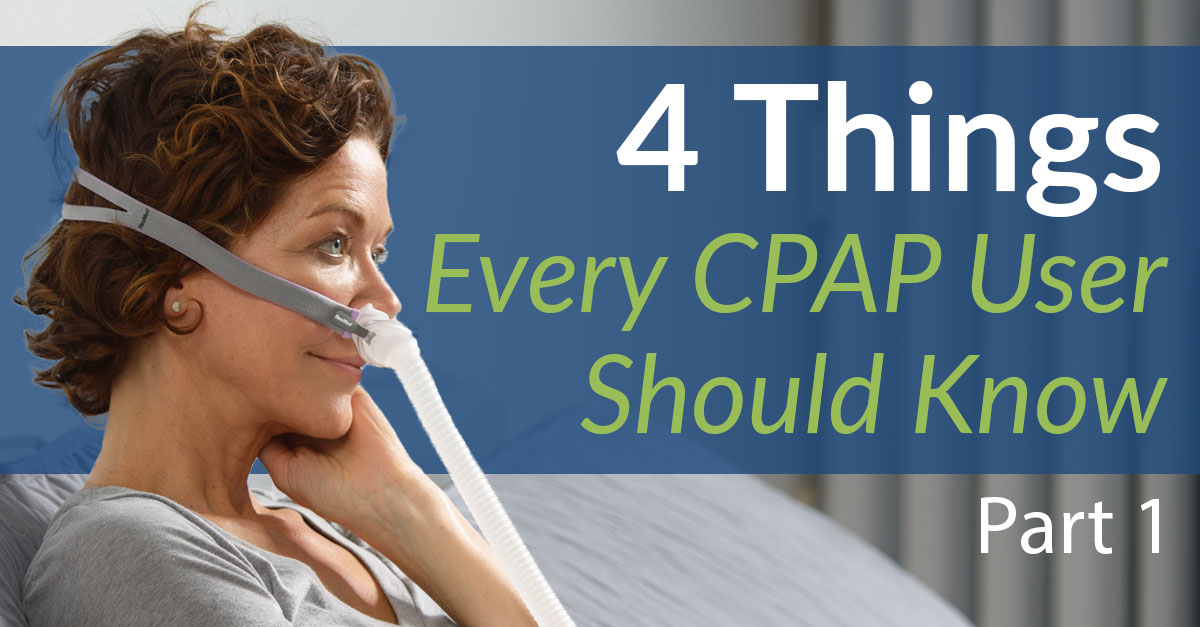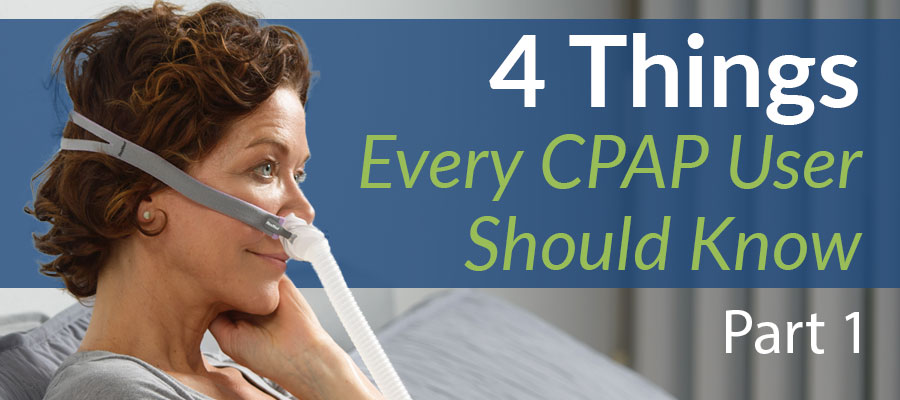
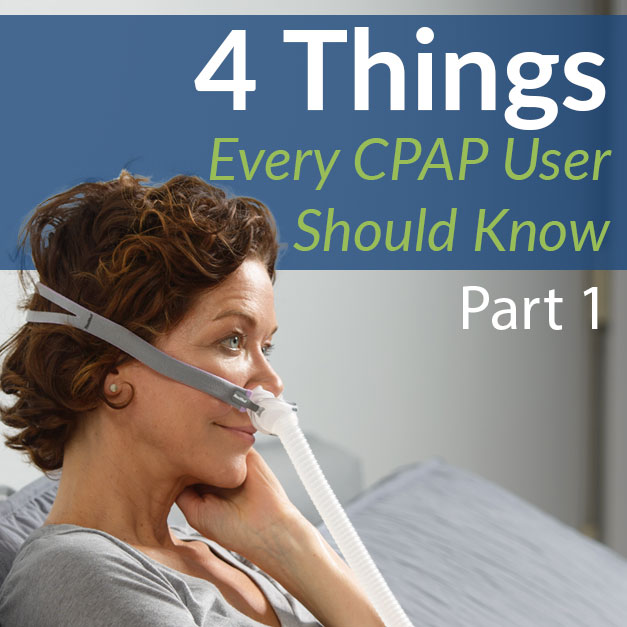
CPAP is more user-friendly than ever, but there can still be a lot to learn about using your sleep therapy and CPAP machines. From basics like how often supplies need replacing to more complex issues like auto-titration and mask connections, we want to help you understand how to get the most out of your CPAP.
Below are some of our major tips for being a CPAP user.
1. Don’t Tighten Your Headgear, Replace Your Seal


You’ve had your mask for a while and it just isn’t sealing like it used to. You keep tightening your headgear more and more—making yourself more and more uncomfortable.
Stop! Replace your seal and headgear instead. Seals wear down quicker than you think and this can cause loud annoying leaks. You may want to even keep a backup seal on hand.
Insurance will cover new mask parts according to the manufacturer recommended replacement schedule. This includes two nasal pillows/cushions a month, one full face cushion a month, and new headgear every 6 months.
Your CPAP supplies could be yours for $0! Allow us to check with your insurance provider for you to find out what is covered (for free!). Click below to get started:
Are your supplies due for a replacement? Check out our standard insurance replacement schedule below:
2. Use a CPAP with Auto-Titration Instead of a Fixed-Pressure Machine
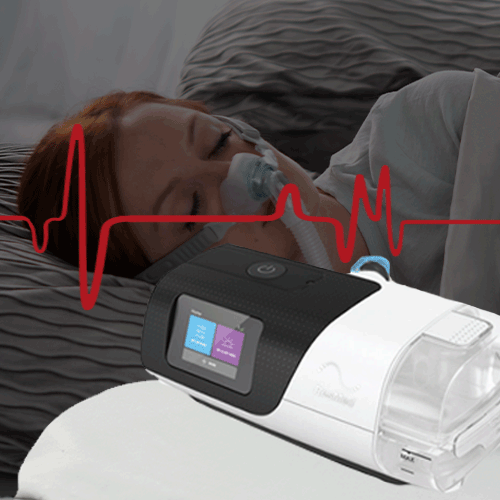

Your pressure needs can change based on your weight, health, stress level, or sleeping position. A fixed-pressure CPAP stays at the same pressure no matter the circumstance. On the other hand, auto CPAPs keep the pressure at the minimum needed to keep you breathing well, and adjust on a breath-by-breath basis. ResMed’s AirSense 11 AutoSet is the #1 auto CPAP on the market, with features like:
- EPR: Expiratory Pressure Relief reduces pressure upon exhale, avoiding high pressure mask leaks
- AutoRamp: Starts your pressure low, and then ramps it up to the perfect level once you’re asleep
- Advanced comfort settings: 7 levels of humidity and a heated tube ensures you don’t dry out
- EPR: Expiratory Pressure Relief reduces pressure upon exhale, avoiding high pressure mask leaks
- AutoRamp: Starts your sleep therapy at a low pressure, and then ramps the pressure up to the perfect level once you’re asleep
- Advanced comfort settings: 7 levels of humidity and a heated tube ensures you don’t dry out
Upgrade to the AirSense 11 today for just $399 down and 0% APR! Just add to cart below.
3. What To Do If You Don’t Have a Prescription


CPAP machines always require a prescription, but visiting your doctor or taking another sleep test can be a big hassle. Instead of booking an appointment and waiting days or weeks, we have an easier and quicker alternative.
Our online CPAP Prescription Renewal Program, or CPAPRx, renews your CPAP prescription for all your needs—machines and masks—and the prescription lasts for 8 years! The process happens…
- Without having to wait for a doctor’s appointment or take another sleep study
- From the comfort of your own home
- In as little as one business day!
- Without having to wait for a doctor’s appointment or take another sleep study
- From the comfort of your own home
- In as little as one business day!
For a limited time, when you upgrade to the AirSense 11 you can get a FREE CPAP prescription renewal ($99 value) without a trip to the doctor.
4. All Masks Work With All Machines
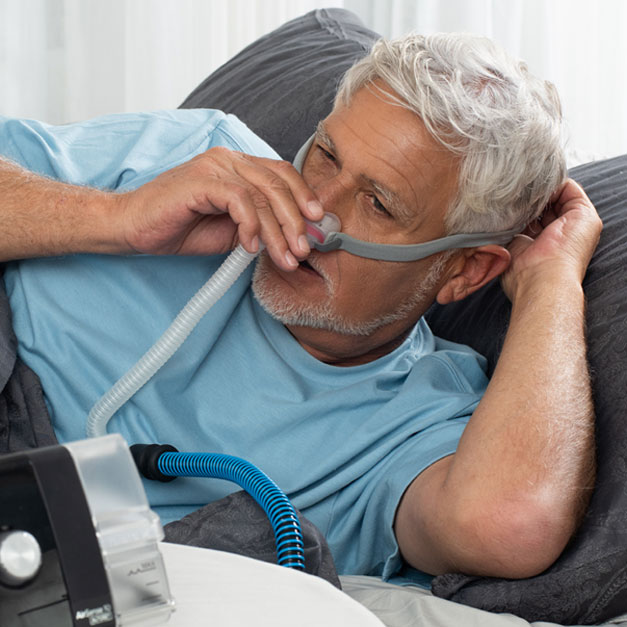

If you’ve recently got a new tube or mask for your CPAP, you may have trouble connecting the mask and tubing. However, all masks and tubes are universally compatible (excluding the AirMini CPAP, which has special connectors and tubing).
Most masks have easily removed connector elbows or short connecting tubes that can be forgotten in the main 6ft CPAP tubing. That means when you get a new mask, an old attachment might still be in your tube. Or, if you get a new tube and your old mask isn’t connecting, its attachment might have been left behind in your old tube.
This happens a lot, especially if you’re trying out a new mask.
If you’re having trouble connecting a mask and tube, watch our instructional video below:



